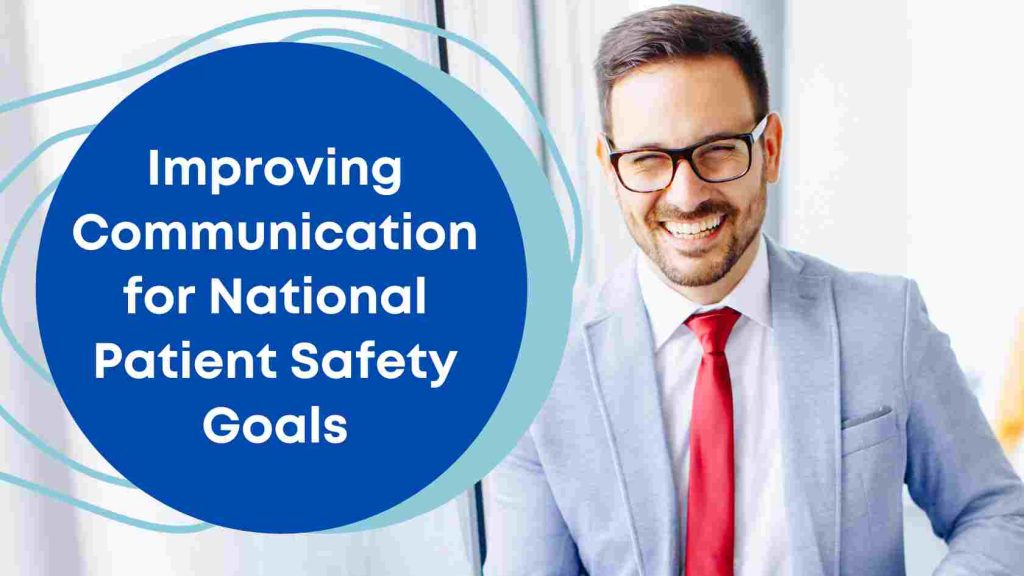- Oak Brook:(630) 705-9999
- Chicago:(312) 920-8822
- Email:inquiry@vervecollege.edu
- Make a Payment
- Home
- Programs
- Admission
- Resources
- ATI Entrance Exam Resources
- New E-Digital Library
- Refer a Friend
- School Newsletter
- Events
- Employers
- Job-Network
- Alpha Beta Kappa Candidates
- Verve College Library
- Graduation and Pinning Ceremony Photo Galleries
- Textbook Information
- Career Services
- Tutoring
- School Catalog
- FAQ
- Constitution Day Program
- Alumni
- Verve College Plans
- Financial Aid
- HEERF Reporting
- Satisfactory Academic Progress
- Apply For Financial Aid
- Net Price Calculator
- Return of Title IV Funds (R2T4)
- Financial Aid Office Code of Conduct
- Contact
- FAQs
- Verification Policy
- Vaccination Policy
- Student Right-to-Know Act
- Misrepresentation
- Information Security Program
- Academic Award Year
- Availability of Employee
- Cost of Attendance
- Health & Safety Exemption Requirement
- Students Rights and Responsibilities
- Leave of Absence
- Pell Formula
- Military Students
- Grants/ Scholarship Policy
- Contact Us
- Testimonials
- Blog
Is a Nursing Career Right For You?
Take The Free Quiz
Improving Communication for National Patient Safety Goals
Improving Communication for National Patient Safety Goals
Enhancing patient safety has long been an objective of hospitals and their employees. In 2002, the Joint Commission launched its National Patient Safety Goals (NPSGs) program to suggest ways of increasing it, assisting accredited organizations with specific areas of patient safety concern, and developing solutions for healthcare safety problems. Official NPSG guidelines were officially launched on January 1, 2003. In addition to developing and issuing these NPSG guidelines, The Joint Commission also accredits healthcare facilities that meet its standards with an on-site evaluation, awarding them its Golden Seal of Approval award after reviewing compliance with suggested improvements suggested by The Joint Commission suggested improvements. Night and weekend LPN programs (nursing programs)with pre-requisite courses are the right choice for understanding the national patient safety goals.
Development of Patient Safety Goals
When searching for private LPN schools near me, one should keep in mind that the commission sets its patient safety goals with input from its patient safety advisory group. In crafting its patient safety goals, the Commission relies upon advice from an advisory group known as the Patient Safety Advisory Group (PSAG), comprised of medical professionals such as vocational nurses, physicians, healthcare teams, and others with firsthand knowledge of patient safety issues in a variety of healthcare settings. Together with Joint Commission staff, the PSAG panel works together to identify emerging crucial issues about patient safety that need addressing via updates such as National Patient Safety Goals updates or Sentinel Event Alerts as well as standards/survey processes/performance measures/performance measures/ educational materials or Center for Transforming Healthcare projects.
With input from additional practitioners, provider organizations, purchasers, consumer groups, and other stakeholders, The Joint Commission identifies high-priority patient safety issues and the best approaches for addressing them. Let’s discuss what are the 7 national patient safety goals-
What Are the 7 National Patient Safety Goals?
Since 2022, when reviewing healthcare’s most pressing patient safety problems and making recommendations to address them in six problem areas that frequently lead to patient injuries, the PSAG has created seven goals to promote improved healthcare performance and enhance patient safety.
Related:- Incorporating Patients as Collaborators: Self-Service Rounding
1. Improve Accuracy in Patient Identification
To increase accuracy in identification when providing care and services to individuals, at least two patient identifiers, such as their name and date of birth, should be used when providing services – for instance, using both will ensure each person receives appropriate medicine and treatments.
2. Improve Communication Between Caretakers
Report the results of tests and diagnostic procedures promptly to the correct staff member for analysis.
3. Improve Medication Safety
Label all medications, containers, and solutions on and off of sterile fields in surgical settings and other procedural settings; record correct information regarding each patient’s medicines taken before surgical procedure or different procedural locations and compare this list with newly prescribed ones; pay special attention with patients taking blood thinners.
4. Minimize Patient Harm Caused by Clinical Alarm Systems
Clinical alarm systems are designed to alert caregivers about potential patient issues; however, if not managed appropriately, they can compromise correct patient safety. Make adjustments so alarms on medical equipment are heard and responded to in time.
5. Minimize Healthcare-Associated Infections
Follow current hand hygiene guidelines issued by the Centers for Disease Control and Prevention (CDC) or World Health Organization (WHO), health care settings goals to improve hand washing.
6. Assess Patient Population Safety Risks
Reduce the risk of suicide by performing an environmental risk analysis that identifies features within their physical environment that may provide opportunities to commit suicide attempts.
7. Accomplish a Pre-procedure Verification Process as Part of the Universal Protocol
The universal protocol for preventing wrong site, wrong procedure, and wrong person surgery(tm) applies to all surgical and nonsurgical invasive procedures and ensures that surgeries are conducted on appropriate patients at proper locations on their bodies. Mark the spot where surgery provided by healthcare providers will be performed on each patient.
Focus on Improving Patient Safety
Although many patient safety goals have remained unchanged over time, the COVID-19 pandemic and staff shortages have revealed vulnerabilities within the healthcare system and point where a list of medication errors is most likely to happen. A gap in care continuity may negatively impact hospital quality metrics and patient outcomes. Positive patient outcomes are essential, however, finding licensed practical nurse programs near me from the best nursing school like Verve College can help you increase the quality of patient care.
 Sign up
Sign up Login
Login




